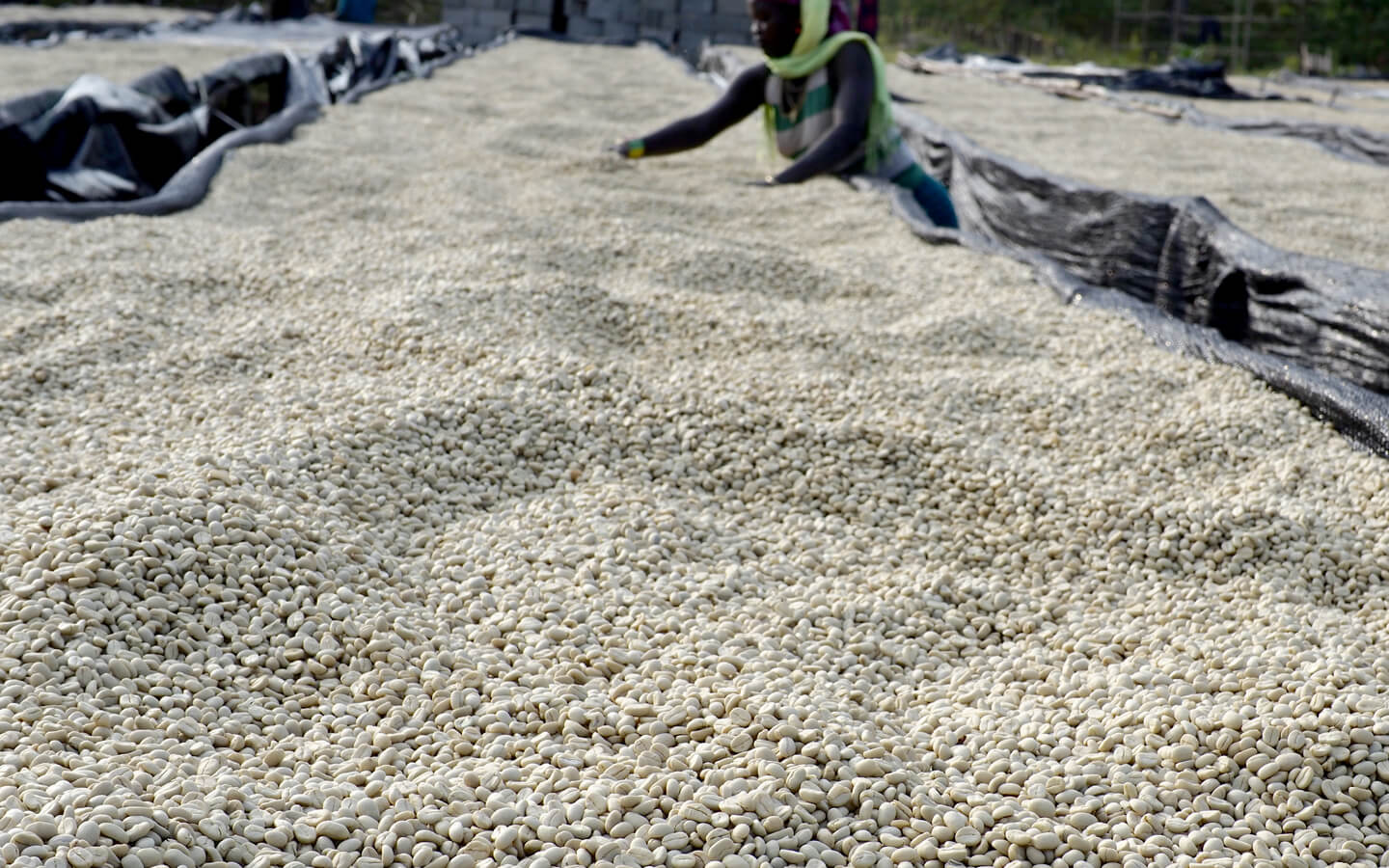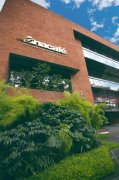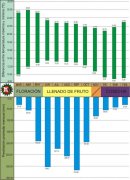Burundian Coffee turnaround History Story of Burundian Coffee beans and washing stations
In 2006, before Burundi became famous for producing premium coffee, La Bodega CEO and Purchasing Director Jason Long ventured to buy his first miniature batch from Sogestal Kayanza to buy the relationship at a price well above the market price. Since then, La Bodega has purchased directly from Sogestal Kayanza, taking samples from dozens of washing stations each year and visiting the Director-General Claude Nzambimana to select the appropriate batch.

"decent African Coffee" was the first impression of Burundian coffee, but in 2007, the government allowed private coffee washing stations and dry treatment plants, which was the real turning point for Burundian coffee. Private washing stations pay attention to the opinions of the international market and soon understand that only higher quality can get higher prices. Driven by customers, private washing stations are willing to learn and improve their homework to provide buyers with higher quality coffee. In 2011, the Coffee Excellence Alliance held its first standard coffee of excellence competition in Burundi, and Burundi stood on the boutique coffee stage. Farmers have received guidance from experts and the government after discovering that coffee can bring cash and improve their quality of life. Under the policy of the World Bank, the Burundian government has set up 175 washing stations in coffee-producing areas throughout the country.

There is another regulatory body above the washing station, similar to the Kenyan large treatment plant or cooperative organization, called SOGESTAL. The washing station will do the treatment after receiving the coffee cherries, and the subsequent steps, dry treatment grading and sales will be handed over to Sojays. After the coffee industry has been opened to the public, there are currently 17 Sojus investments, which are created by private or private enterprises in joint ventures with the government. In policy, the government reduces its shareholding. The government's stake is usually less than 14%, while the privately held stake will exceed 80%. Sojestall is the management and supervision unit of the washing station. In the early days, the seven major Sojes were set up according to the main producing areas and geographical areas, responsible for the management, refining treatment, coordination of quality control, later work and sales of the washing station, namely Kayanza, Kirimiro, Kirundo/Muyinga, Ngozi, Mumirwa, Sonicoff and Coprotra.
After the washing stage is completed and dried, the shell beans are sent to the dry treatment plant, which is responsible for preliminary grading, cup testing, quality control reports, and final grading and bagging. The main dry treatment plants in the capital are SODECO, Sonocoff and Sivca.
Important Notice :
前街咖啡 FrontStreet Coffee has moved to new addredd:
FrontStreet Coffee Address: 315,Donghua East Road,GuangZhou
Tel:020 38364473
- Prev

Guatemala Coffee Market develops steadily how is Guatemala's Arabica coffee beans exported
According to a recent report by the U.S. Department of Agriculture's overseas Service (Foreign Agricultural Service), the 2020 Agricultural Marketing year (marketing year) predicted that the Guatemalan coffee harvest this year and cultivation next year had been completed, unaffected by the novel coronavirus epidemic. Calculated on the basis of a bag of raw coffee beans weighing 60 kg, the output in 2020 is estimated to be 3.67 million bags, which is higher than that of
- Next

Geographical environment of Honduran coffee producing area in Central and South America cup test of Honduran coffee bean varieties
Honduran coffee has an excellent flavor. Caf de Honduras is synonymous with its people, traditions and living in harmony with the environment. Coffee production is a way of life for more than 100000 families who benefit from the production of this agricultural product. The vast majority of coffee produced in Honduras comes from 210 of the country's 298 municipalities and 15 of the 18 provinces.
Related
- Detailed explanation of Jadeite planting Land in Panamanian Jadeite Manor introduction to the grading system of Jadeite competitive bidding, Red bid, Green bid and Rose Summer
- Story of Coffee planting in Brenka region of Costa Rica Stonehenge Manor anaerobic heavy honey treatment of flavor mouth
- What's on the barrel of Blue Mountain Coffee beans?
- Can American coffee also pull flowers? How to use hot American style to pull out a good-looking pattern?
- Can you make a cold extract with coffee beans? What is the right proportion for cold-extracted coffee formula?
- Indonesian PWN Gold Mandrine Coffee Origin Features Flavor How to Chong? Mandolin coffee is American.
- A brief introduction to the flavor characteristics of Brazilian yellow bourbon coffee beans
- What is the effect of different water quality on the flavor of cold-extracted coffee? What kind of water is best for brewing coffee?
- Why do you think of Rose Summer whenever you mention Panamanian coffee?
- Introduction to the characteristics of authentic blue mountain coffee bean producing areas? What is the CIB Coffee Authority in Jamaica?

